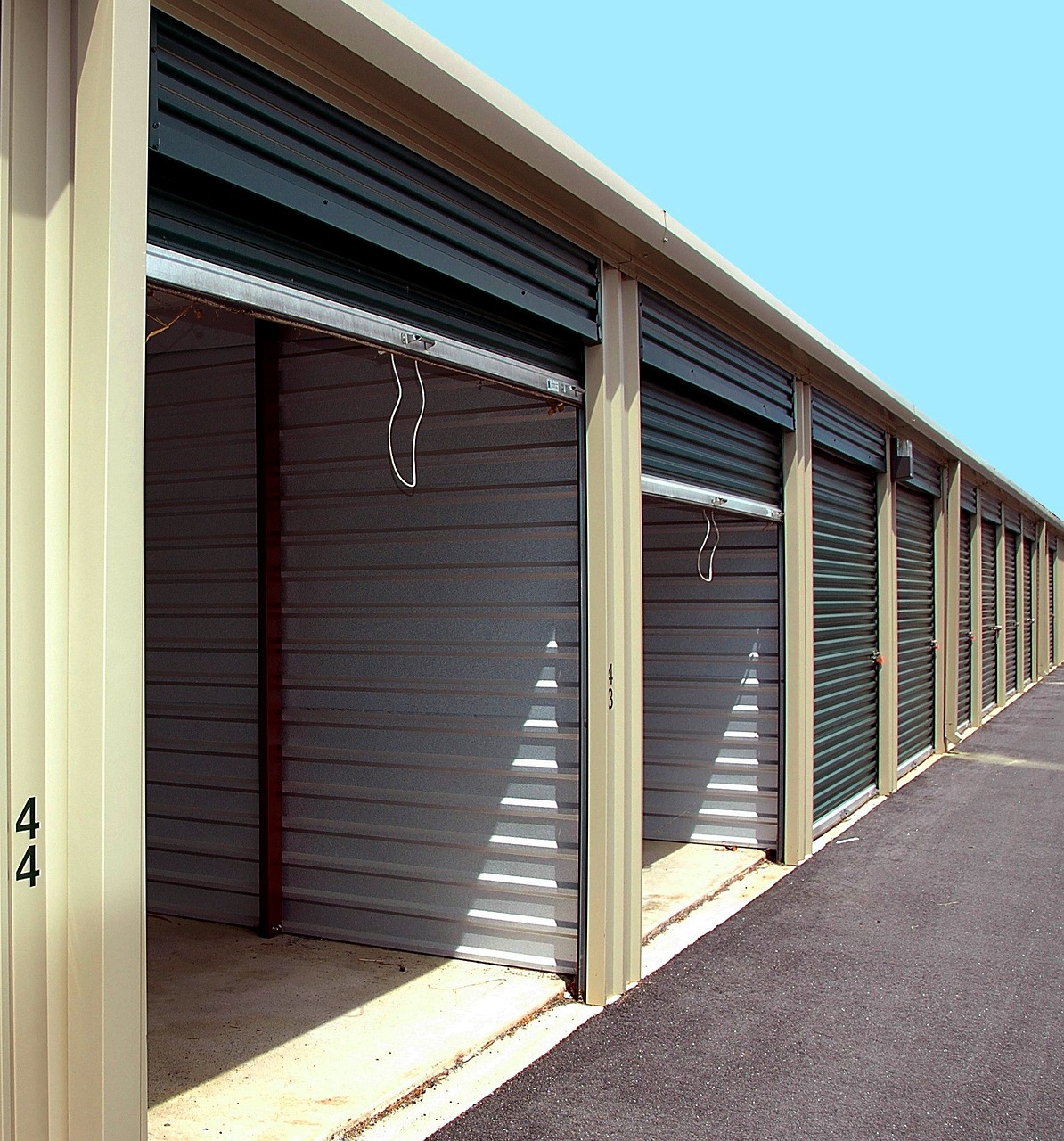1. Water and Hydration Supplies
- Water Storage: Ensure at least one gallon of water per person per day for a minimum of three days. Consider having larger water storage containers (e.g., 5-gallon jugs or barrels) for longer-term needs.
- Water Purification: Include portable water filters (like LifeStraw), purification tablets, or a water purification system to ensure access to safe drinking water in case of supply interruptions.
2. Food and Nutrition
- Non-perishable Food: Stock a variety of long-lasting, easy-to-prepare foods like freeze-dried meals, canned goods, energy bars, trail mix, and nuts. Ensure to have enough food for at least three days per person.
- Special Dietary Needs: If anyone in your household has dietary restrictions (e.g., gluten-free, diabetic, vegetarian), stock appropriate food items for them.
- Cooking Tools: Have a portable stove, fuel, or a small campfire setup for cooking. A hand-cranked can opener is also essential for canned foods.
3. First-Aid and Medical Supplies
- Basic First Aid Kit: Ensure your kit includes bandages, gauze, antiseptic wipes, scissors, adhesive tape, and a thermometer. For more extensive injuries, include splints, burn treatment, and a first-aid manual.
- Prescription Medications: Stock a sufficient supply of prescription medications for every family member. It’s also a good idea to have a list of allergies or medical conditions on hand.
- Over-the-counter Medications: Pain relievers (acetaminophen, ibuprofen), allergy medications, cold medicine, and stomach remedies should be included.
- Medical Equipment: Consider additional supplies like an EpiPen for severe allergic reactions, a blood pressure monitor, or a portable oxygen tank if necessary.
4. Self-defense and Security Measures
- Firearms and Ammunition: If it is legal and you are trained, a firearm (pistol, rifle, or shotgun) can be a critical self-defense tool. Ensure you have appropriate ammunition and secure storage (e.g., a gun safe) for safety.
- Pepper Spray or Mace: A non-lethal, easy-to-use weapon that can incapacitate an intruder temporarily. Store it in an accessible location.
- Tasers or Stun Guns: These can be a less lethal alternative to firearms for self-defense, useful in close quarters for disabling a threat.
- Knives and Tactical Tools: A survival knife or multi-tool can be an essential part of self-defense and survival gear. Consider storing a tactical folding knife for easy access and utility.
- Crowbar or Pry Bar: Not only useful for forcing doors or windows open in an emergency, but also can be used as a weapon in a self-defense situation.
- Security Cameras and Motion Detectors: Install battery-powered, wireless cameras in and around your safe room to monitor external threats. Motion detectors can also alert you to intruders.
- Heavy-duty Locks and Deadbolts: Ensure all doors and windows in your safe room are equipped with high-quality locks or deadbolts. Consider adding extra security measures, such as a security bar or sliding bolt.
- Alarm System: A battery-operated alarm can alert you to unauthorized access and deter potential intruders.
- Door and Window Reinforcements: Reinforce doors and windows with solid steel or wood barriers, especially if your safe room is in a vulnerable area of your home.
5. Tools and Equipment
- Flashlights and Batteries: Have several LED flashlights, headlamps, or lanterns with extra batteries to ensure you have light in the event of power failure. Consider a hand-crank or solar-powered flashlight to avoid reliance on disposable batteries.
- Portable Radio: A battery-powered or hand-crank radio is crucial for receiving emergency alerts, weather reports, and updates if communication networks are down.
- Fire Extinguisher: A small, multi-purpose fire extinguisher is a must-have in case of fire.
- Multi-tool: A versatile tool, such as a Swiss Army knife, can come in handy for various tasks, including self-defense, repairs, or opening containers.
- Duct Tape and Paracord: These items are useful for emergency repairs, securing items, or even setting up a temporary shelter.
6. Clothing and Personal Items
- Weather-appropriate Clothing: Include durable, weather-resistant clothing such as warm jackets, rain gear, sturdy boots, and gloves. A set of comfortable clothes that can be easily changed into during an emergency will be useful.
- Thermal Blankets or Sleeping Bags: Store emergency blankets (also called space blankets) to conserve body heat or sleeping bags for comfort.
- Personal Hygiene Items: Stock essential items like soap, toothbrushes, toothpaste, wet wipes, hand sanitizer, feminine hygiene products, and a sanitary disposal system (e.g., portable toilet or waste bags).
7. Communication Tools
- Cell Phone and Spare Chargers: Ensure you have at least one cell phone with a solar charger, external battery pack, or hand-crank charger to keep communication lines open.
- Satellite Phone: In case of poor cell service, a satellite phone can provide communication with the outside world.
- Whistle or Signal Mirror: If you need to attract attention, a whistle or a signal mirror can help you be noticed from a distance.
- Emergency Contact List: Keep a written list of emergency contacts and important phone numbers in case your phone runs out of battery.
8. Documents and Emergency Information
- Important Documents: Store copies of essential documents such as identification, medical records, insurance policies, and financial records in a waterproof, fireproof container.
- Evacuation and Emergency Plans: Have a written plan for evacuation, including routes, meeting points, and alternative locations. This plan should be reviewed regularly with all family members.
- Local Maps: Include detailed maps of your area and surrounding regions for navigation in case roads or communication systems are down.
9. Power and Lighting
- Backup Power: A portable power bank, solar generator, or small gasoline-powered generator can keep your essential devices charged.
- Candles or Oil Lamps: If you lose power, store candles or oil lamps (with extra fuel or wicks) to provide light. Remember to follow safety protocols to avoid fire hazards.
- Extra Batteries: Ensure a sufficient stockpile of batteries for all your devices, including flashlights, radios, and communication equipment.
10. Waste Management
- Portable Toilet or Waste Bags: If your safe room lacks plumbing, a portable toilet or waste bags will help you manage bodily waste safely.
- Trash Bags and Cleaning Supplies: For hygiene and sanitation, have trash bags and sanitizing wipes to maintain a clean environment during an extended stay.
11. Miscellaneous Survival Gear
- Emergency Thermal Blankets: These lightweight, reflective blankets help retain body heat in cold conditions.
- Tarp or Plastic Sheeting: Useful for shelter, waterproofing, or creating makeshift barriers to block wind or light.
- Rope or Paracord: Can be used for a variety of tasks, from securing the room to creating makeshift shelters.
- Signal Flares: Useful for signaling help in situations where visibility is limited.
12. Child and Baby Care (if applicable)
- Diapers and Baby Wipes: If you have infants, store enough diapers, wipes, and other baby care essentials.
- Baby Formula and Food: If needed, stock up on baby formula, bottles, and jars of baby food.
- Toys and Comfort Items: Provide items that can help soothe children during stressful situations, such as small toys or a favorite blanket.
Conclusion
A well-equipped safe room serves as a critical resource during emergencies, combining provisions for sustenance, medical care, and security. Self-defense is a key component of the safe room, ensuring that you have the means to protect yourself and your family. Regularly check and update your supplies, especially food, water, and medications, to ensure they are ready when needed. With the right preparations, your safe room can provide comfort, safety, and security in the face of unexpected dangers.


Leave a Reply